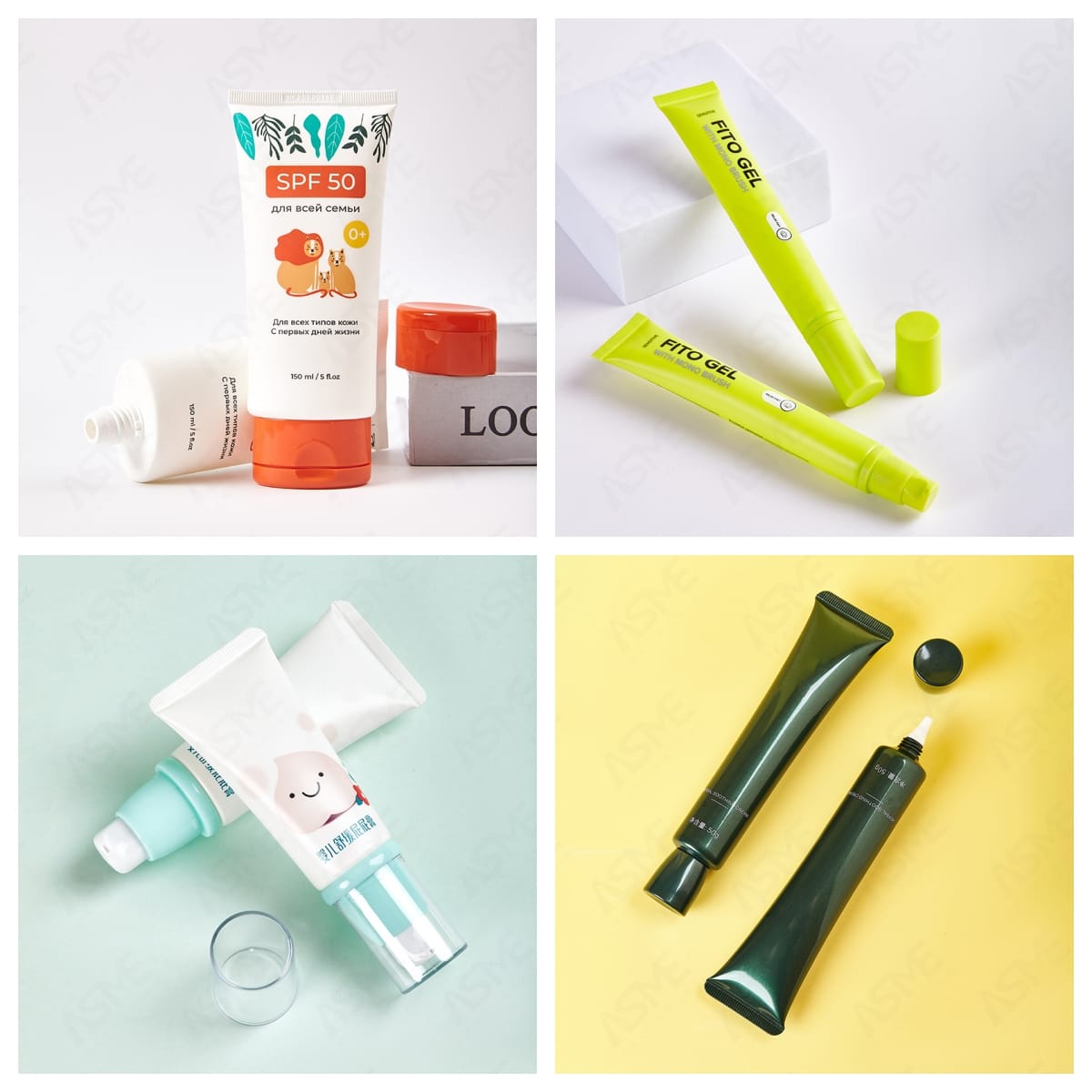Menu
Menu
Menu

In the modern era of sustainability, packaging plays a pivotal role in shaping consumer choices and environmental impacts. ASME Packaging Co., Ltd, abbreviated as ASME, stands at the forefront of innovative packaging solutions, focusing on the ecological footprint of their products. This article delves into a comparative analysis of recyclable versus compostable tubes, emphasizing the cost-benefit dynamics for businesses and the environment.
Recyclable tubes are designed to be processed and reused, reducing waste and conserving resources. These tubes are typically made from materials such as PET, HDPE, and LDPE, which are widely accepted in recycling programs. The keyword “recyclable” signifies the potential of these materials to be transformed into new products, thus contributing to a circular economy.

Despite their advantages, recyclable tubes face challenges such as contamination in recycling streams and the need for proper sorting facilities. The keyword “recyclable” also implies a dependency on consumer participation in recycling programs, which can vary significantly across regions.
Compostable tubes are designed to break down naturally, returning nutrients to the soil. These tubes are often made from bioplastics or plant-based materials, aligning with the principles of biodegradability and eco-friendliness. The keyword “compostable” highlights the ability of these materials to decompose without harming the environment.
skin care tube
d55 shoulder neck cream tube packaging
d50 kraft paper tube packaging
Compostable tubes often require specific conditions for effective breakdown, such as industrial composting facilities. The keyword “compostable” implies potential limitations in consumer access to these facilities, which can affect the practicality of widespread adoption.
When evaluating the cost implications of recyclable versus compostable tubes, several factors must be considered. Recyclable tubes may offer lower production costs due to established manufacturing processes and widespread material availability. However, the long-term savings from compostable tubes can be significant, especially in regions with robust composting infrastructure.
The packaging industry is witnessing a surge in innovation, driven by consumer demand for sustainable solutions. ASME is pioneering efforts to integrate advanced materials and technologies into their products, ensuring both recyclable and compostable tubes meet high performance and environmental standards. Industry-related content reveals a growing trend towards hybrid solutions, combining the benefits of both recyclable and compostable materials.
As sustainability becomes a central focus for businesses worldwide, ASME is committed to leading the way in eco-friendly packaging. The future of packaging lies in balancing cost-effectiveness with environmental responsibility, paving the way for innovative solutions that cater to diverse consumer needs.
In conclusion, the choice between recyclable and compostable tubes depends on various factors, including environmental impact, cost, consumer preferences, and regulatory requirements. ASME Packaging Co., Ltd continues to explore and implement cutting-edge solutions that align with global sustainability goals. By understanding the nuances of each option, businesses can make informed decisions that benefit both their bottom line and the planet.